Enabling Unmanned Aerial Vehicles (Drones) to use Tools in Complex Dynamic Environments

This project is led by the University of Canterbury, funded by the New Zealand Ministry of Business, Innovation and Employment
Karl Stol, Bruce MacDonald, Shahab Kazemi, Nicholas Kay, Salim Al-zubaidi, Angus Lynch
Unmanned aerial vehicles (UAVs/drones) are revolutionising surveying and inspection tasks which once required manned aircraft, and are becoming a standard tool for a wide range of applications. However, one glaring omission is the ability to accurately use tools to perform precision tasks in high and hard-to-reach locations.
This research will design, build and demonstrate a compact UAV with precise six degrees-of-freedom positioning capability enabled by new control methods, airframe designs, aerodynamic models, and position estimation (visual odometry) in dynamically changing (windy) environments.
Rotor Configuration and Control of High Precision Drones

PhD Research
Salim Al-zubaidi. Supervisors: Karl Stol & Peter Xu
With the rise of the UAV use in interaction, the ability of the UAV to change the contact force instantaneously and the control of all axes independently became important aspect of the UAV performance.
This research aims to present a new UAV configuration with the potential for improved horizontal agility. An optimisation process is developed to maximise the horizontal bandwidth. A control algorithm will be developed to make use of the improved capabilities of the UAV.
Related:
- Enabling Unmanned Aerial Vehicles (Drones) to use Tools in Complex Dynamic Environments
- Experimental Validation of a UAV Configuration Optimisation Algorithm
- Drone Airframe Optimization
- Variable-Pitch Propellers for Highly Agile Drones
Read:
- Al-Zubaidi, S., Stol, K. “Analysis of the Transient Response of UAV Rotors”, 14th Annual International Micro Air Vehicle Conference and Competition, Aachen, Germany, 2023
- Al-Zubaidi, S., Stol, K. “Preliminary design optimisation of a novel fixed-tilt heterogeneous UAV for horizontal agility”, 2022 International Conference on Unmanned Aircraft Systems (ICUAS), 2022
- Al-zubaidi, S., Stol, K. “Design Optimisation of Fully Actuated UAVs Using Hybrid Optimisation”, Journal of Intelligent & Robotic Systems, vol. 111, no. 1, pp. 1–21, 2025.
Control Allocation Optimisation for Over-Actuated Multirotor UAVs
ME Research
Jaap Skinner. Supervisor: Karl Stol
This project focuses on advancing UAV control for fully and over-actuated airframes, which enable precise, independent control of position and orientation across all six degrees of freedom. By tackling challenges in control allocation and accurate estimation of physical parameters, the research aims to improve flight stability, efficiency, and robustness—especially in dynamic and complex environments.
The work explores optimization and adaptive control strategies alongside refined physical parameter estimation, contributing to safer, more versatile UAVs for industrial applications like monitoring, delivery, and autonomous exploration.
Related:
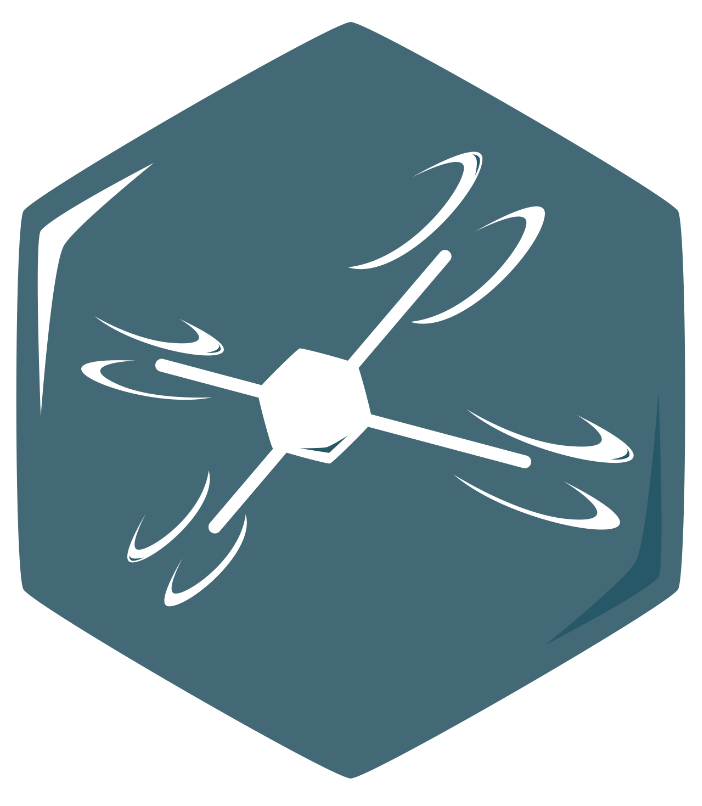
Modified Quadcopter Control for Physical Interaction
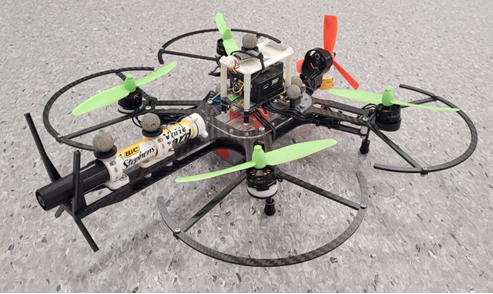
ME Research
Cameron Dallas. Supervisor: Karl Stol
UAVs are seeing increasing use for tasks that require reaching elevated or hazardous locations, making them particularly useful for infrastructure inspections of towers and bridges. These inspections are currently performed using cameras and sensors for non-contact assessment. However, contact-based testing could yield more detailed and comprehensive data about structural conditions.
This project explores UAV physical interaction with stationary surfaces. It investigates the ability of a quadcopter equipped with an additional rotor providing horizontal thrust, to maintain surface contact while manoeuvring. the UAVs effectiveness will be demonstrating by its ability to draw on a whiteboard.
Impact of surrounding structures on coaxial rotor thrust
BE(Hons) Research Project
David de Vaal & Cooper Hart. Supervisor: Nicholas Kay
Coaxial rotors are known to suffer from mutual interaction of their inflows and wakes, reducing performance relative to an isolated rotor. However, on the novel heterogeneous aircraft used in the group, there is the additional concern of the interaction of these rotors with the surrounding ring structure. Furthermore, this aircraft is intended to fly outdoors.
This project looks into the aerodynamic impact of the ring structure on the thrust produced by the coaxial rotors, both with and without wind.
Related:
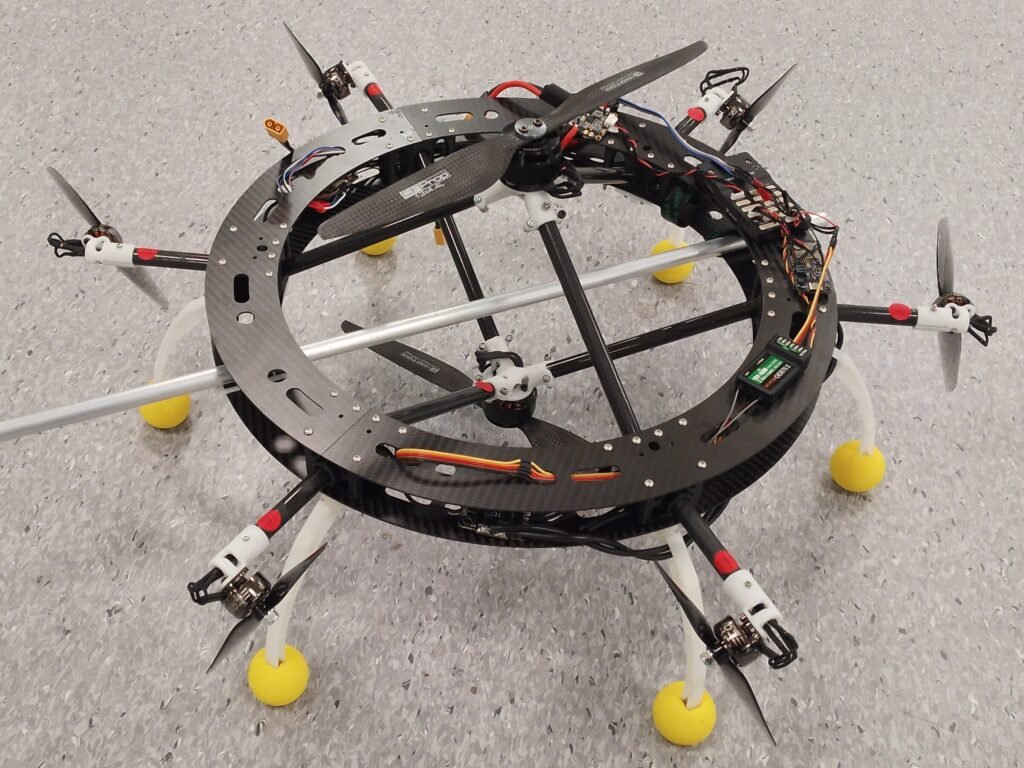
Aerial Weed-Cutter: Mechanism Design and Low-Level Control

BE(Hons) Research Project
Ben Murray & Ryan Townsend. Supervisors: Karl Stol & Nicholas Kay
Our project forms one of two projects working toward an overall goal to develop an autonomous drone capable of cutting invasive weeds at inaccessible Murawai cliff slip sites to prevent them from forming a canopy and suffocating native plants.
Our project focuses on designing a mechanism to strip leaves from two weed species identified as being problematic: woolly nightshade (tobacco weed) and wattle. This mechanism needs to be lightweight and able to be mounted onboard the existing stacked octocopter drone developed by Pedro Souza in his PhD project. We will then tune the drone’s controller parameters to attenuate perturbations from mechanism operation and physical interaction with the environment, finally validating and quantifying the performance of the drone and mechanism in both controlled indoor and uncontrolled outdoor environments through experiments.
Related:
Machine Learning for Perception and Autonomy for Aerial Weed Cutting
BE(Hons) Research Project
Ivan Hsu & Matthew Potter. Supervisors: Karl Stol & Luke Hallum
In the aftermath of Cyclone Gabrielle, invasive weeds have significantly impacted the regrowth of native plants. Landslide sites, such as those in the Muriwai area, are not safely accessible to humans aiming to control weed growth. Therefore, UAVs are an excellent method for reducing hazards, time and labour in this area.
This project aims to integrate machine learning and computer vision with a fully-actuated drone platform for real-time weed classification and tracking. A high-level controller will also be implemented for autonomous navigation and decision-making in the invasive weed removal process.
Related:

Towards Transient Wind Measurements from Fixed Wing Drones
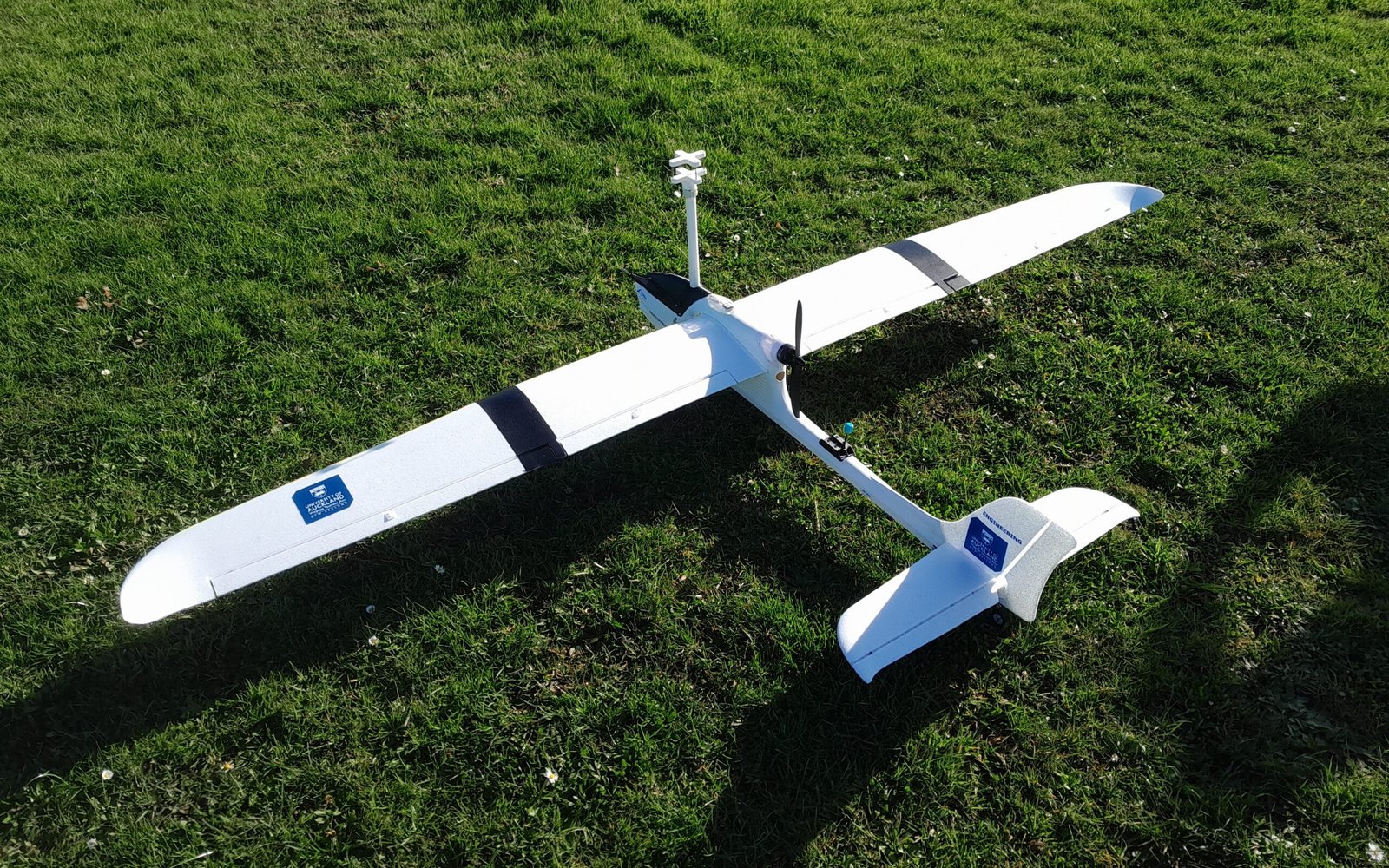
This project is funded by the Warwick and Judy Smith Engineering Endowment Fund
Nicholas Kay, Peter Richards (Hon. Associate Professor, University of Auckland), Amir Pirooz (National Institute of Water and Atmospheric Research), Dr Cesar Azorin-Molina (Spanish National Research Council), Bahare Jahani
In many terrains, it is impractical to establish traditional meteorological infrastructure, such as 10 m anemometer masts. Fixed-Wing UAVs have the range to reach these locations, and so may provide a solution. However, they are not the stationary reference point provided by ground-based measurements: their speed prevents measurement at a single point, and their motion distorts the data collected.
This research is investigating the challenges and distortion caused by the moving sensor array, and integrating this knowledge to develop an airborne meteorological system.
Low-Cost UAV-based Wind Sensing
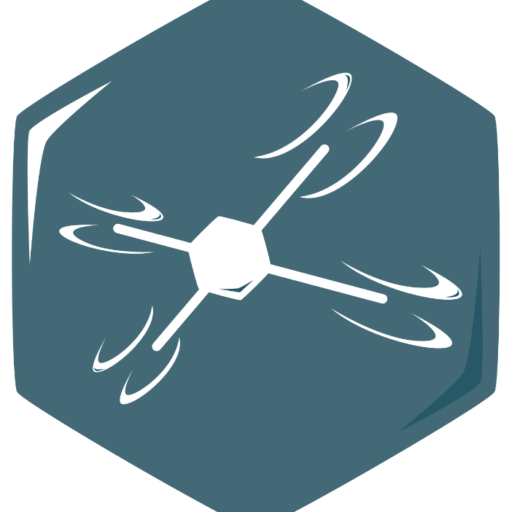
BE(Hons) Research Project
Matt Crosby & Logan Teirney. Supervisor: Nicholas Kay
Recording high-fidelity atmospheric data is crucial for the weather prediction models used to create forecasts and make future climate projections. In many remote locations, it may not be feasible or cost-effective to install permanent fixtures for data collection. In such cases, Uninhabited Aerial Vehicles (UAVs) can serve as a practical alternative.
Our project aims to develop an accurate, low-cost atmospheric sensor system for deployment in and around the Southern Alps, enabling the collection of high-quality data to support and enhance weather prediction models.
Related:
